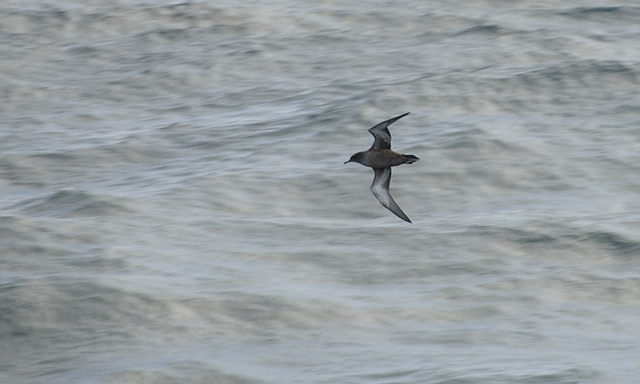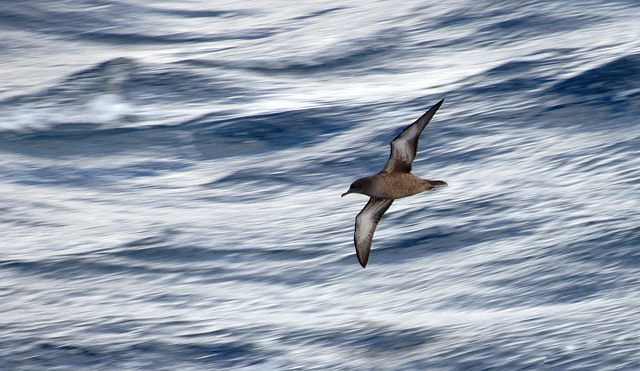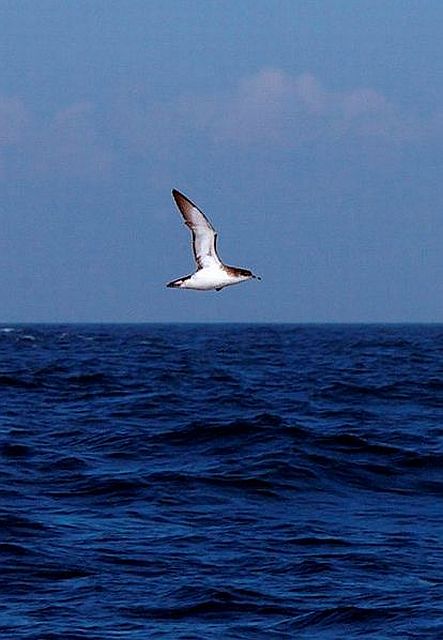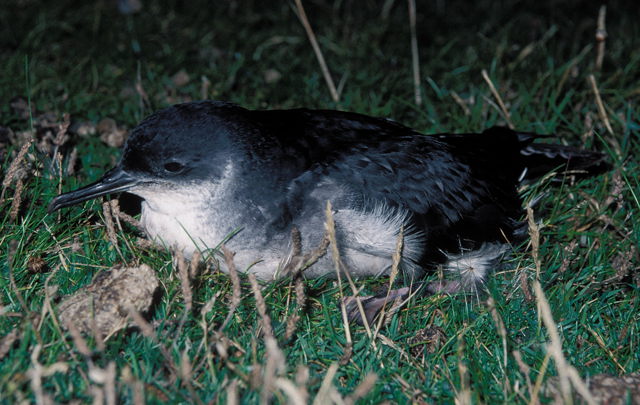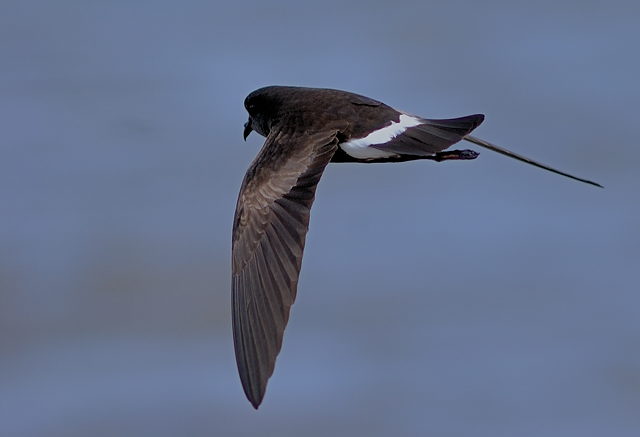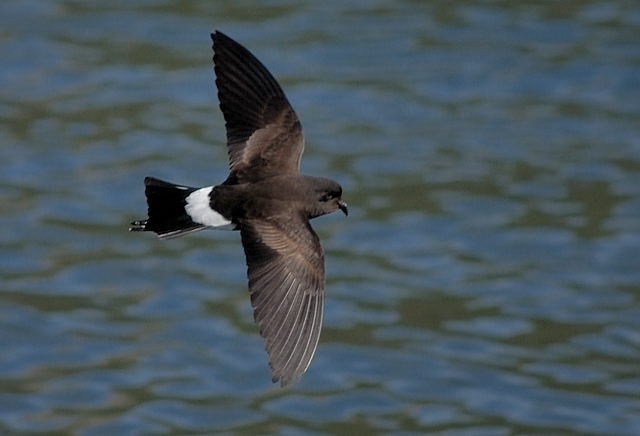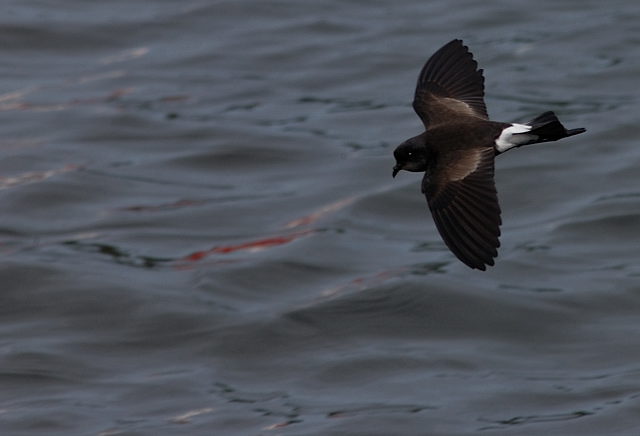Order: Procellariiformes. Family: Procellariidae
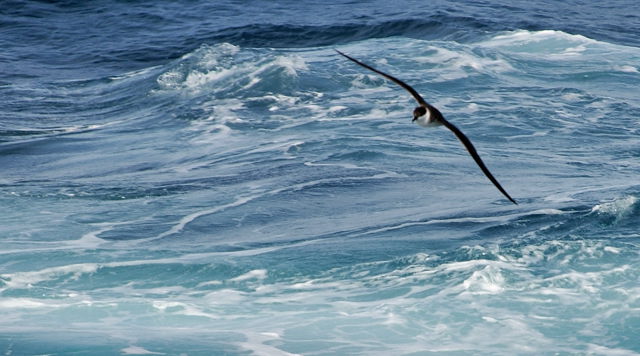
Description
This shearwater is 43–51 cm in length with a 105–122 cm wingspan. Gray-brown upper parts with dark cap, U-shaped white band at base of tail. White rump. White of underside extends up sides of neck, sometimes across nape. Thin dark grey bill. The legs and feet are pink.
Similar species: Similar in size to Cory's Shearwater but distinguished by its distinctive dark cap, dark, not yellow, bill, overall darker upperparts, barred brown-and-buff back, dark patch on the lower belly and less marked white underwing. Cory's Shearwater has a heavier yellow bill, dark head, clean white underwing, and blunt broad wings.
Manx Shearwater is much smaller with no white collar, no white tail band, totally white belly and undertail coverts, and much more blackish.
Distribution
Atlantic Ocean. Breeds at Tristan da Cunha, Gough Island and to a lesser extent the Falkland Islands, after which it disperses across the Atlantic and South-west Indian Oceans, including in southern African waters. Here it is most common off the Western, Northern and Eastern Cape and southern Namibia, while more scarce off northern Namibia and KwaZulu-Natal.
Habitat
Pelagic.
Movements and migrations
Trans-equatorial migrant, as virtually its entire population stays in southern African waters from April-May before migrating to the North-west Atlantic Ocean from late May to early August, at which point it heads south to the South Atlantic Ocean (including southern African waters). It stays from about August-November before returning to its breeding colonies.
Diet
Mainly eats fish and plankton, doing most of its foraging by grabbing prey from the water surface or plunge-diving. It often follows dolphins, toothed whales and other aquatic predators, catching prey that they drive to the water surface.
Breeding
This shearwater nests in large colonies. Lays one white egg in a small burrow or in the open grass, which it visits only at night to avoid predation by large gulls.
Status
Rare vagrant in summer to offshore waters.



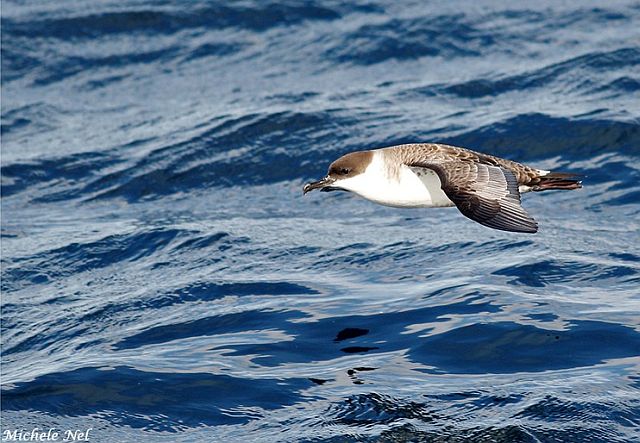 © Michele Nel
© Michele Nel